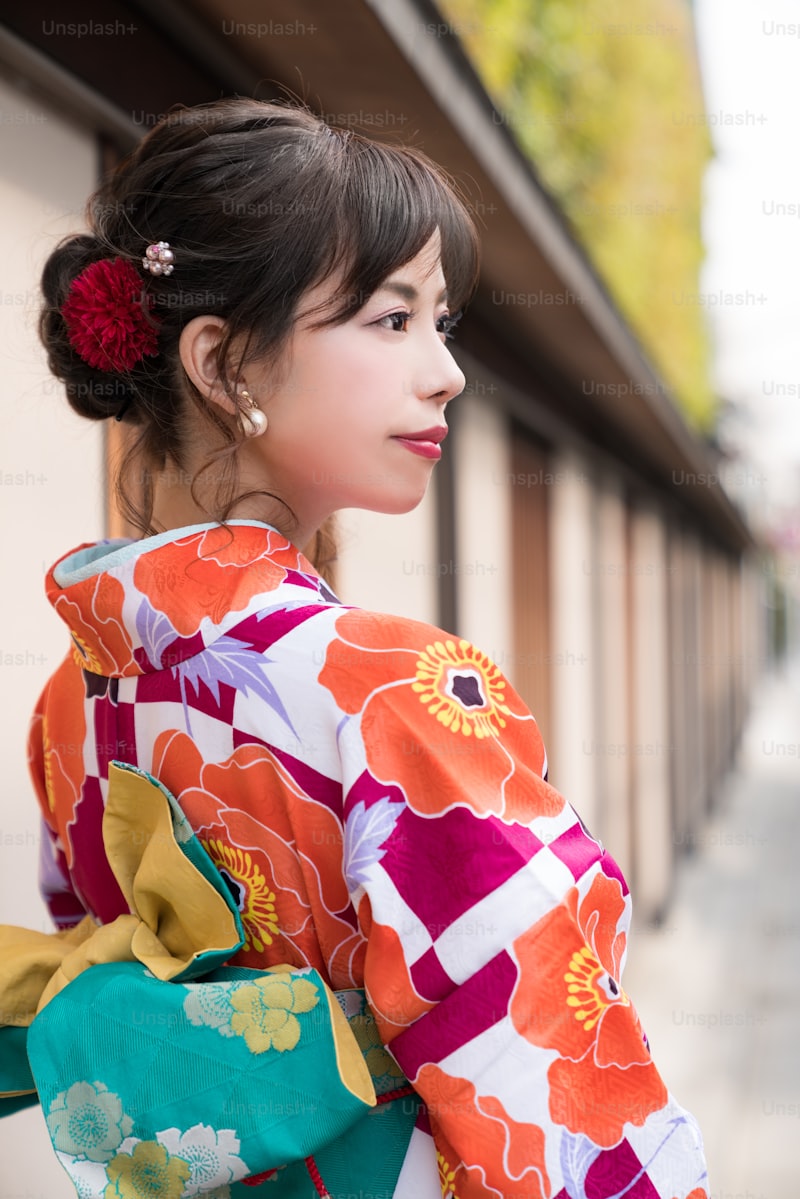Unveiling Historic Influences in Modern Attire: A Journey Through Time
Exploring the Interplay Between History and Contemporary Fashion
The world of fashion is not merely an expression of personal style; it is a testament to the rich tapestry of history woven into the fabric we wear today. From ancient civilizations to modern catwalks, historic influences play a significant role in shaping modern attire. In this article, we will delve into how past styles, cultural movements, and historical events continue to impact today's fashion landscape.
The Ancient Footprints of Fashion
Fashion is deeply rooted in the past. Each era has left its mark, influencing the way we dress. For instance, the ancient Egyptians set the stage with their linen garments designed for comfort in the warm climate. These early designs laid the groundwork for the use of natural fabrics, which remain staples in modern wardrobes. Similarly, the Roman Empire showcased the toga, a garment that has inspired modern formal wear.
Table: Key Historical Influences on Modern Attire
| Historical Era | Influence on Modern Attire |
| Ancient Egypt | Lightweight fabrics and draping techniques |
| Roman Empire | Structured garments and formal wear inspirations |
| Middle Ages | Utilization of layers and elaborate embroidery |
| Renaissance | Rich textures and the emergence of fashion as art |
| Victorian Era | Feminine silhouettes and intricate design elements |
| 20th Century | Street fashion and the rebellion against traditional norms |
The Fusion of Cultures in Fashion
Today's fashion is a melting pot of global influences. Cultures from around the world intersect to create unique styles that honor tradition while embracing modernity. For example, the Japanese Kimono has inspired countless Western designers, leading to variations in patterns and fabrics that reimagine this timeless garment. Similarly, African prints have dominated the runway, bringing vibrant colors and patterns to mainstream fashion.

The lasting impact of these cultural garments is a reminder of the importance of heritage in shaping identity. Designers often draw upon these historical influences to create collections that resonate with diverse audiences, bridging the gap between past and present.
Fashion Movements Reshaping Modern Attire
Throughout history, various fashion movements have emerged, each responding to the social and political climate of the time. The Industrial Revolution, for instance, marked a significant turning point in garment production, introducing mass manufacturing and the rise of ready-to-wear clothing. This era democratized fashion, making it accessible to a broader audience.
Impact of Fashion Icons
Fashion icons from different decades have also played a pivotal role in influencing contemporary attire. Figures like Coco Chanel and Audrey Hepburn revolutionized women's fashion, promoting simplicity and elegance that are still celebrated today. Their signature styles have transcended time, inspiring countless modern interpretations that reflect both sophistication and practicality.
Modern Technology Meets Historic Design
The advent of technology has allowed designers to recreate and reinterpret historic styles in innovative ways. Through the use of advanced fabric technology and digital design tools, fashion brands can produce clothing that not only pays homage to the past but also meets the demands of today's consumers. Techniques such as 3D printing and sustainable fabrics enable a fusion of age-old aesthetics with modern functionality.
Table: Modern Innovations Inspired by Historic Fashion
| Historic Element | Modern Interpretation |
| Victorian Ruffles | Layered designs in contemporary blouses |
| Edwardian Tailoring | Sharp suits with modern cuts and fabrics |
| Celtic Patterns | Graphic prints in streetwear collections |
| Flapper Dresses | Modern evening wear emphasizing movement and comfort |
Fashion Sustainability Through a Historical Lens
In recent years, there has been a growing movement towards sustainability in fashion, prompting designers to revisit traditional methods of garment creation. The use of natural dyes, hand-loomed fabrics, and artisanal craftsmanship harkens back to a time when fashion was not only about aesthetics but also about ethical considerations. This return to vintage practices serves both the environment and the preservation of cultural heritage.
The Role of Historical Research in Fashion Design
Fashion designers today often reference historical texts, fashion archives, and museum collections for inspiration. Understanding the cultural significance of historical attire allows designers to create pieces that honor past traditions while innovating for the future. As we stand at the crossroads of past and present, we see that the essence of historic influences remains integral to the evolution of modern attire.
Conclusion: The Cycle of Inspiration in Fashion
As we've explored, the journey of fashion is one filled with layers of history, culture, and innovation. The historic influences in modern attire not only define how we dress today but also reflect the changing societal values and technological advancements of our time. Fashion is an ever-evolving narrative that connects generations through the art of dressing. When choosing your wardrobe, consider the stories behind your clothing; in doing so, you embrace a piece of history while expressing your individuality. Remember, fashion is not just about looking good; it's about honoring the past and recognizing its impact on the present.
Key Takeaway: The rich tapestry of fashion is woven from historical influences that shape current trends. When curating your attire, blend timeless pieces inspired by history with modern choices that reflect your personal style. This harmonious blend will not only keep your wardrobe intriguing but also allow you to wear a bit of history as a testament to the evolving art of fashion.